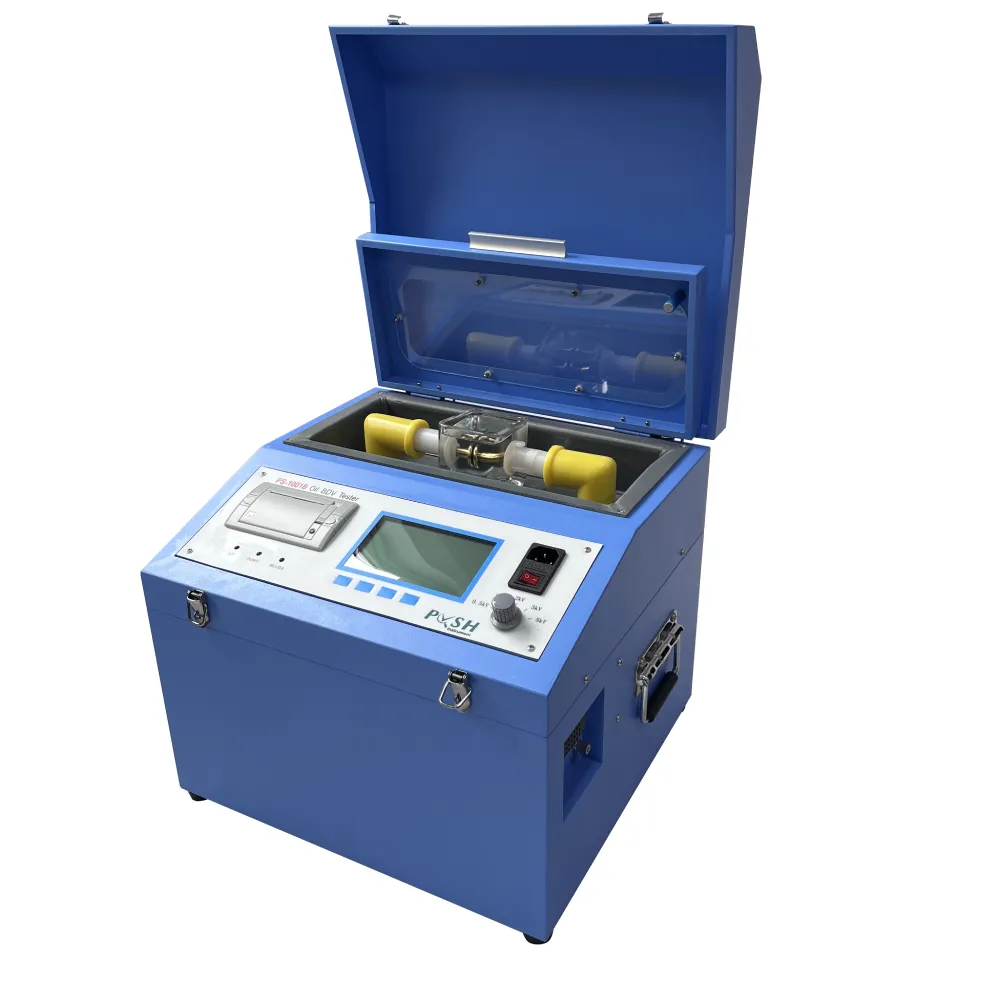TEL:
+86-0312-3189593
 English
English

Telephone:0312-3189593

Email:sales@oil-tester.com

-
 Afrikaans
Afrikaans -
 Albanian
Albanian -
 Amharic
Amharic -
 Arabic
Arabic -
 Armenian
Armenian -
 Azerbaijani
Azerbaijani -
 Basque
Basque -
 Belarusian
Belarusian -
 Bengali
Bengali -
 Bosnian
Bosnian -
 Bulgarian
Bulgarian -
 Catalan
Catalan -
 Cebuano
Cebuano -
 China
China -
 China (Taiwan)
China (Taiwan) -
 Corsican
Corsican -
 Croatian
Croatian -
 Czech
Czech -
 Danish
Danish -
 Dutch
Dutch -
 English
English -
 Esperanto
Esperanto -
 Estonian
Estonian -
 Finnish
Finnish -
 French
French -
 Frisian
Frisian -
 Galician
Galician -
 Georgian
Georgian -
 German
German -
 Greek
Greek -
 Gujarati
Gujarati -
 Haitian Creole
Haitian Creole -
 hausa
hausa -
 hawaiian
hawaiian -
 Hebrew
Hebrew -
 Hindi
Hindi -
 Miao
Miao -
 Hungarian
Hungarian -
 Icelandic
Icelandic -
 igbo
igbo -
 Indonesian
Indonesian -
 irish
irish -
 Italian
Italian -
 Japanese
Japanese -
 Javanese
Javanese -
 Kannada
Kannada -
 kazakh
kazakh -
 Khmer
Khmer -
 Rwandese
Rwandese -
 Korean
Korean -
 Kurdish
Kurdish -
 Kyrgyz
Kyrgyz -
 Lao
Lao -
 Latin
Latin -
 Latvian
Latvian -
 Lithuanian
Lithuanian -
 Luxembourgish
Luxembourgish -
 Macedonian
Macedonian -
 Malgashi
Malgashi -
 Malay
Malay -
 Malayalam
Malayalam -
 Maltese
Maltese -
 Maori
Maori -
 Marathi
Marathi -
 Mongolian
Mongolian -
 Myanmar
Myanmar -
 Nepali
Nepali -
 Norwegian
Norwegian -
 Norwegian
Norwegian -
 Occitan
Occitan -
 Pashto
Pashto -
 Persian
Persian -
 Polish
Polish -
 Portuguese
Portuguese -
 Punjabi
Punjabi -
 Romanian
Romanian -
 Russian
Russian -
 Samoan
Samoan -
 Scottish Gaelic
Scottish Gaelic -
 Serbian
Serbian -
 Sesotho
Sesotho -
 Shona
Shona -
 Sindhi
Sindhi -
 Sinhala
Sinhala -
 Slovak
Slovak -
 Slovenian
Slovenian -
 Somali
Somali -
 Spanish
Spanish -
 Sundanese
Sundanese -
 Swahili
Swahili -
 Swedish
Swedish -
 Tagalog
Tagalog -
 Tajik
Tajik -
 Tamil
Tamil -
 Tatar
Tatar -
 Telugu
Telugu -
 Thai
Thai -
 Turkish
Turkish -
 Turkmen
Turkmen -
 Ukrainian
Ukrainian -
 Urdu
Urdu -
 Uighur
Uighur -
 Uzbek
Uzbek -
 Vietnamese
Vietnamese -
 Welsh
Welsh -
 Bantu
Bantu -
 Yiddish
Yiddish -
 Yoruba
Yoruba -
 Zulu
Zulu
Фев . 12, 2025 12:40
Back to list
PS-ZK03 Transformer Short Circuit Impedance Tester
Performing a short circuit test on a transformer is pivotal in understanding its performance and efficiency. This test is not just a routine check but a crucial step in ensuring the reliability and operational efficacy of transformers, which are integral components in power distribution systems. By comprehensively understanding its purpose and execution, stakeholders can better grasp the complexities of transformer management.
From an authority standpoint, transformer manufacturers often rely on the results of the short circuit test to validate the design specifications provided to clients. It is a testament to the transformer’s capability to handle stress under fault conditions, fostering trust in the manufacturer’s product. This integrity is paramount in building strong relationships with end-users, utilities, and regulatory bodies. Considering trustworthiness, the short circuit test provides transparent and quantifiable data that supports maintenance decisions. By frequently analyzing these parameters, potential issues can be identified and rectified before they lead to equipment failure or extensive damage. This proactive approach maintains system reliability and minimizes costly downtimes, which can be detrimental to operations relying heavily on continuous power supply. Operating within stringent industry standards, the short circuit test is usually performed in well-equipped labs with the necessary safety measures in place. This ensures that the test results are accurate and consistent, adding another layer of credibility to the transformer’s performance metrics. For anyone involved in the operation, design, or maintenance of electrical distribution systems, an in-depth understanding of the short circuit test is indispensable. It not only validates the quality and dependability of transformers but also contributes to informed decision-making processes, promoting the integrity and longevity of electrical infrastructure. Therefore, mastering this test embodies an investment in both current operational efficiencies and future technological advancements in the field of electrical engineering.


From an authority standpoint, transformer manufacturers often rely on the results of the short circuit test to validate the design specifications provided to clients. It is a testament to the transformer’s capability to handle stress under fault conditions, fostering trust in the manufacturer’s product. This integrity is paramount in building strong relationships with end-users, utilities, and regulatory bodies. Considering trustworthiness, the short circuit test provides transparent and quantifiable data that supports maintenance decisions. By frequently analyzing these parameters, potential issues can be identified and rectified before they lead to equipment failure or extensive damage. This proactive approach maintains system reliability and minimizes costly downtimes, which can be detrimental to operations relying heavily on continuous power supply. Operating within stringent industry standards, the short circuit test is usually performed in well-equipped labs with the necessary safety measures in place. This ensures that the test results are accurate and consistent, adding another layer of credibility to the transformer’s performance metrics. For anyone involved in the operation, design, or maintenance of electrical distribution systems, an in-depth understanding of the short circuit test is indispensable. It not only validates the quality and dependability of transformers but also contributes to informed decision-making processes, promoting the integrity and longevity of electrical infrastructure. Therefore, mastering this test embodies an investment in both current operational efficiencies and future technological advancements in the field of electrical engineering.
Latest news
-
Testing Equipment Industry Sees Major Advancements in 2025: Smart & Precision Technologies Lead the WayNewsJun.06,2025
-
Applications of Direct Current Generators in Renewable Energy SystemsNewsJun.05,2025
-
Hipot Tester Calibration and Accuracy GuidelinesNewsJun.05,2025
-
Digital Circuit Breaker Analyzer Features and BenefitsNewsJun.05,2025
-
Benefits of Real-Time Power Quality Monitoring Devices for Industrial EfficiencyNewsJun.05,2025
-
Earth Fault Loop Testing in High-Rise Building Electrical SystemsNewsJun.05,2025



